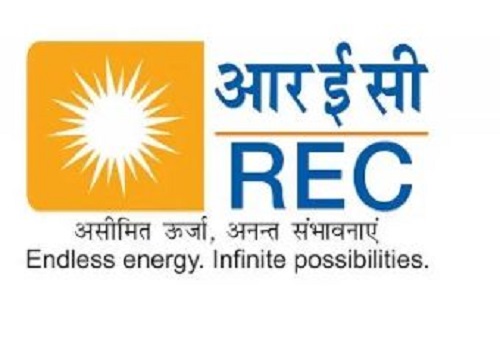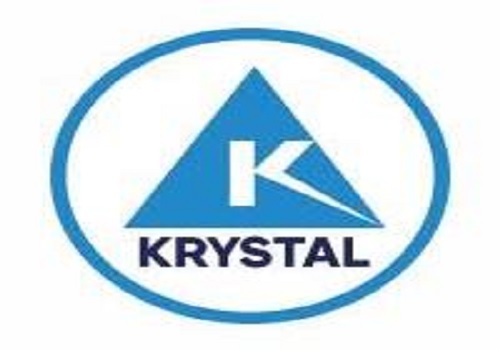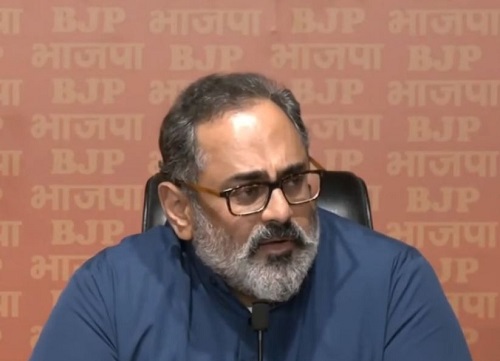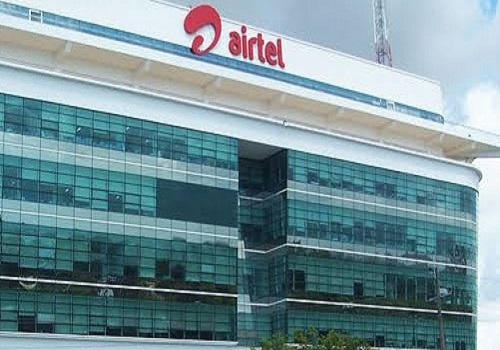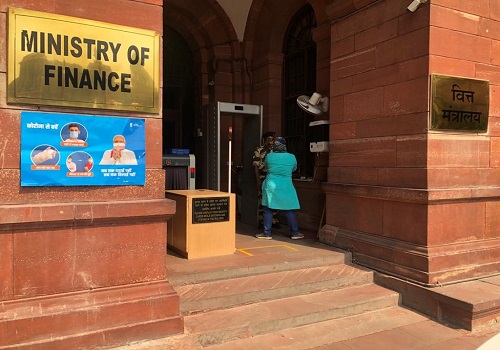WB approves $1.5 bn more to aid India`s low-carbon emission reforms
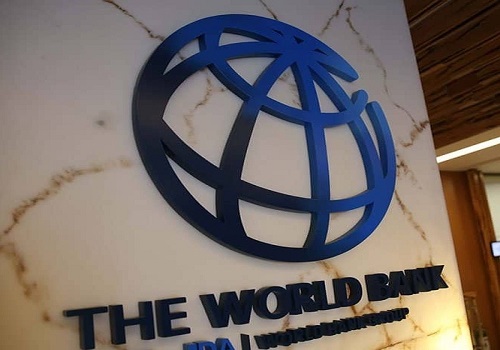
The World Bank on Saturday approved $1.5 billion in financing for a second operation to help India — which is the fastest-growing large economy in the world — accelerate the development of low-carbon energy.
The second ‘Low-Carbon Energy Programmatic Development Policy Operation’ will support reforms to boost the production of green hydrogen and electrolysers, critical technology needed for green hydrogen production.
This operation is aligned with the government’s energy security and with the World Bank’s Hydrogen for Development (H4D) Partnership.
According to the World Bank, the reforms are expected to result in the production of at least 450,000 metric tonnes of green hydrogen and 1,500 MW of electrolysers per year from FY25/26 onwards, said the World Bank.
In addition, it will also significantly help to increase renewable energy capacity and support reductions in emissions by 50 million tonnes per year.
The operation will also support steps to further develop a national carbon credit market.
“The World Bank is pleased to continue supporting India’s low-carbon development strategy which will help achieve the country’s net-zero target while creating clean energy jobs in the private sector,” said Auguste Tano Kouame, World Bank Country Director for India.
“Both the first and second operations have a strong focus on boosting private investment in green hydrogen and renewable energy,” Kouame added.
The Indian economy is expected to continue to expand at a rapid pace.
According to the World Bank, decoupling economic growth from emissions growth will require scaling up renewable energy, especially in hard-to-abate industrial sectors.
“India has taken bold action to develop a domestic market for green hydrogen, underpinned by rapidly expanding renewable energy capacity,” said Aurelien Kruse, Xiaodong Wang, and Surbhi Goyal, team leaders for the operation.
In June 2023, the World Bank approved the $1.5 billion first operation, which supported the waiver of transmission charges for renewable energy in green hydrogen projects, the issuance of a clear path to launch 50 GW of renewable energy tenders annually and creating a legal framework for a national carbon credit market.
